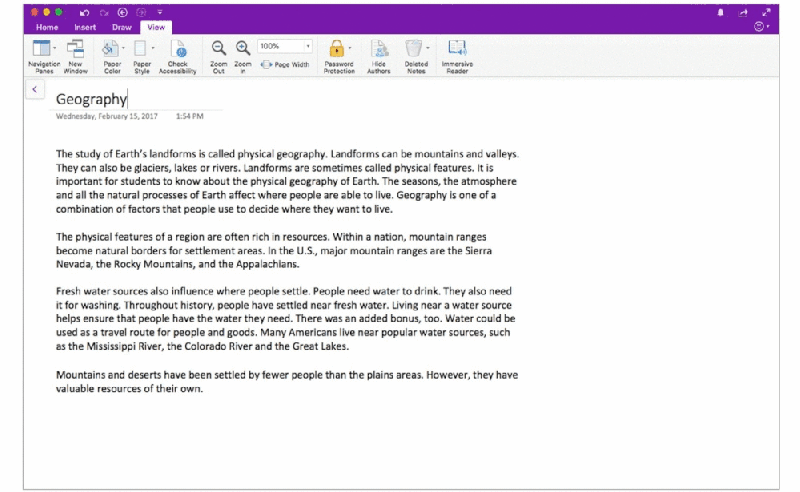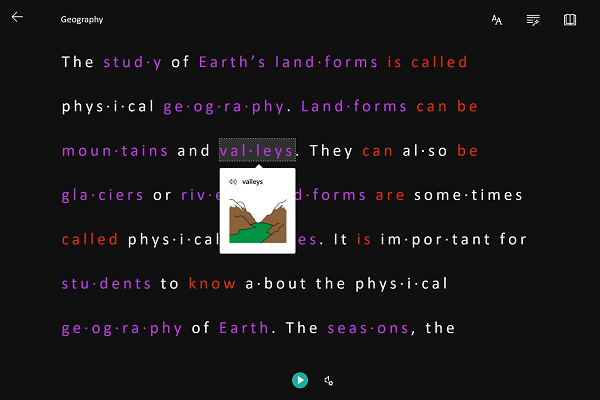Microsoft Shares AI Toolkit for Adding Reading Accessibility to Apps
 Microsoft has made Immersive Reader, its text-to-speech and reading comprehension tool, generally available for developers to add to their software. Immersive Reader is designed to make educational apps more inclusive and improve reading comprehension with responsive artificial intelligence.
Microsoft has made Immersive Reader, its text-to-speech and reading comprehension tool, generally available for developers to add to their software. Immersive Reader is designed to make educational apps more inclusive and improve reading comprehension with responsive artificial intelligence.
Immersive Embedded
Immersive Reader is part of the Azure Cognitive Services. The AI can read the text out loud, in 15 languages, diagram sentences by their part of speech, separate out the syllables, and even use images over more common words to remind the reader what the word means. Though a potential aid for anyone, the software evolved as a way to make teaching more inclusive to those with learning disabilities like dyslexia and dysgraphia. The traditional methods of teaching reading don’t always work as well for them, so an audio accompaniment and visual cues can be a big help. The toolkit also includes a distraction-free view for those with attention deficit disorders. Developers can now embed Immersive Reader directly into their software platforms for any device, including a translation option for 70 languages. Oxford University Press, Wakelet,Code.org, and Safari Montage have already partnered with Microsoft to add Immersive Reader to their services.
“Immersive Reader has become a critical resource for distance learning, with more than 23 million people every month using the tool to improve their reading and writing comprehension,” Azure AI’s Anand Raman and Anny Dow explained in a blog post. “Between February and May 2020, when many schools moved to a distance learning model, we saw a 560 percent increase in Immersive Reader usage. As the education community embarks on a new school year in the Fall, we expect to see continued momentum for Immersive Reader as a tool for educators, parents, and students.”
Distance Education
Though Microsoft doesn’t say so directly, the massive spike in use is likely a result of people looking for online learning tools during the ongoing COVID-19 health crisis and subsequent quarantines. Educators and parents are both looking for ways to use technology for distance education. It’s one reason edtech software developer Amplify partnered with children’s speech recognition tech startup SoapBox Labs to create a new literacy assessment that can track performance and share data with the teacher for multiple students simultaneously. The accessibility aspect is also crucial while most schools are closed. Direct interaction with teachers and tutors is often the bedrock of accessibility programs, which just isn’t feasible at a distance. Anything that can address that gap could make all the difference in someone’s education. Applying voice AI to helping people with dyslexia is an important element of accessibility, just as startups like Voiceitt are for helping those with atypical and impaired speech communicate with voice assistants.
Follow @voicebotai Follow @erichschwartz
SoapBox Labs and Amplify Debut Voice-Based Children’s Literacy Assessment
Google Launches New Voice Assistant and App to Teach Kids to Read









